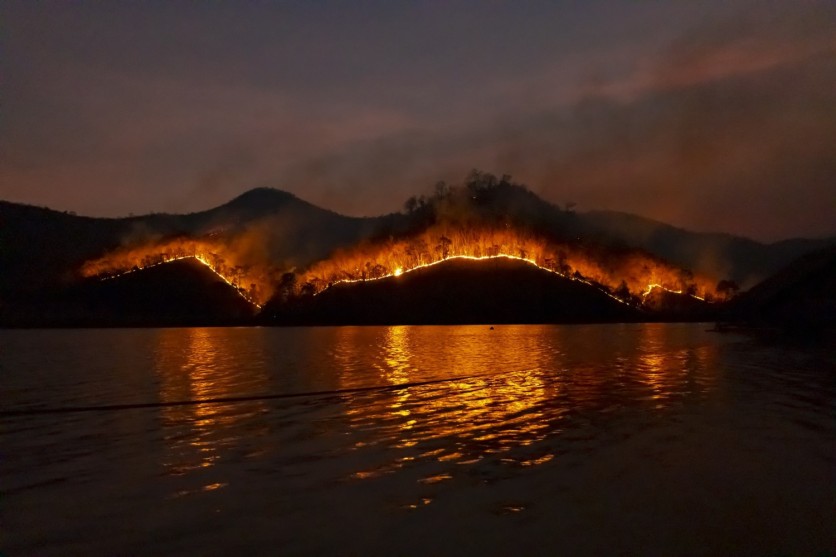Cal Fire, the firefighting agency in California, has embraced the power of artificial intelligence (AI) in its ongoing battle against wildfires.
According to CBS News, with the aid of advanced cameras capable of autonomously detecting smoke, the need for human eyes to spot potential fire outbreaks is becoming a thing of the past.
Wildfires, a destructive force of nature, pose immense challenges when it comes to their timely detection. Detecting wildfires is a complex task, requiring advanced technology and skilled monitoring systems.
These ferocious blazes often start in remote areas where human presence is scarce, making it difficult to identify and respond to them promptly. Additionally, the unpredictable nature of wildfires, fueled by various environmental factors, further complicates the detection process.
The combination of these factors underscores the need for innovative solutions and heightened vigilance in tackling the ever-present threat of wildfires.

AI Detects Wildfire
Captain Chris Africa, stationed at the Cal Fire Emergency Command Center in Grass Valley, is at the forefront of this technological revolution. The newly installed wildfire cameras, driven by AI algorithms, generate real-time alerts whenever smoke is detected.
Africa explained, "These cameras are all auto-generated and have all moved based off AI indicators." The dispatch monitors now prominently display a red box whenever the cameras identify smoke, which Africa referred to as "signatures."
By clicking on the Raw AI option, he can access a comprehensive view of cameras currently detecting these signatures, indicating the potential presence of smoke or other anomalies the camera system perceives.
In addition to visual detection, computers equipped with cutting-edge technology are helping predict the trajectory of wildfires by considering various factors such as topography and wind speeds.
Cal Fire Battalion Chief David Krussow, based at the Grass Valley Air Attack Base, relies on computer models accessible via his smartphone. This information provides real-time updates on the fire's location and projected path, revolutionizing how firefighting operations are coordinated.
Cal Fire Drones to the Rescue
In a groundbreaking development, Cal Fire introduced drones last year to assist in its firefighting efforts. These unmanned aerial vehicles can release pellets that set controlled backfires in areas deemed too dangerous for human crews.
This technology ensures that even the most inaccessible regions can be effectively addressed, expanding the agency's ability to combat wildfires.
Africa is amazed by the rapid evolution of AI in firefighting operations. When CBS13's Steve Large asked him if he ever envisioned this day, Africa responded, "No, absolutely not. This is something that's new. The technology is out there, and we are jumping on board and using it. It's fascinating."
With each passing day, AI is proving to be an invaluable tool for Cal Fire and other firefighting agencies. The integration of autonomous cameras, predictive models, and drone technology is transforming the landscape of wildfire detection and response.
Related Article : Are AI Detection Tools Effective in Assessing Artificially-Made Results? Here's Why They Aren't Always Reliable

![Apple Watch Series 10 [GPS 42mm]](https://d.techtimes.com/en/full/453899/apple-watch-series-10-gps-42mm.jpg?w=184&h=103&f=9fb3c2ea2db928c663d1d2eadbcb3e52)



